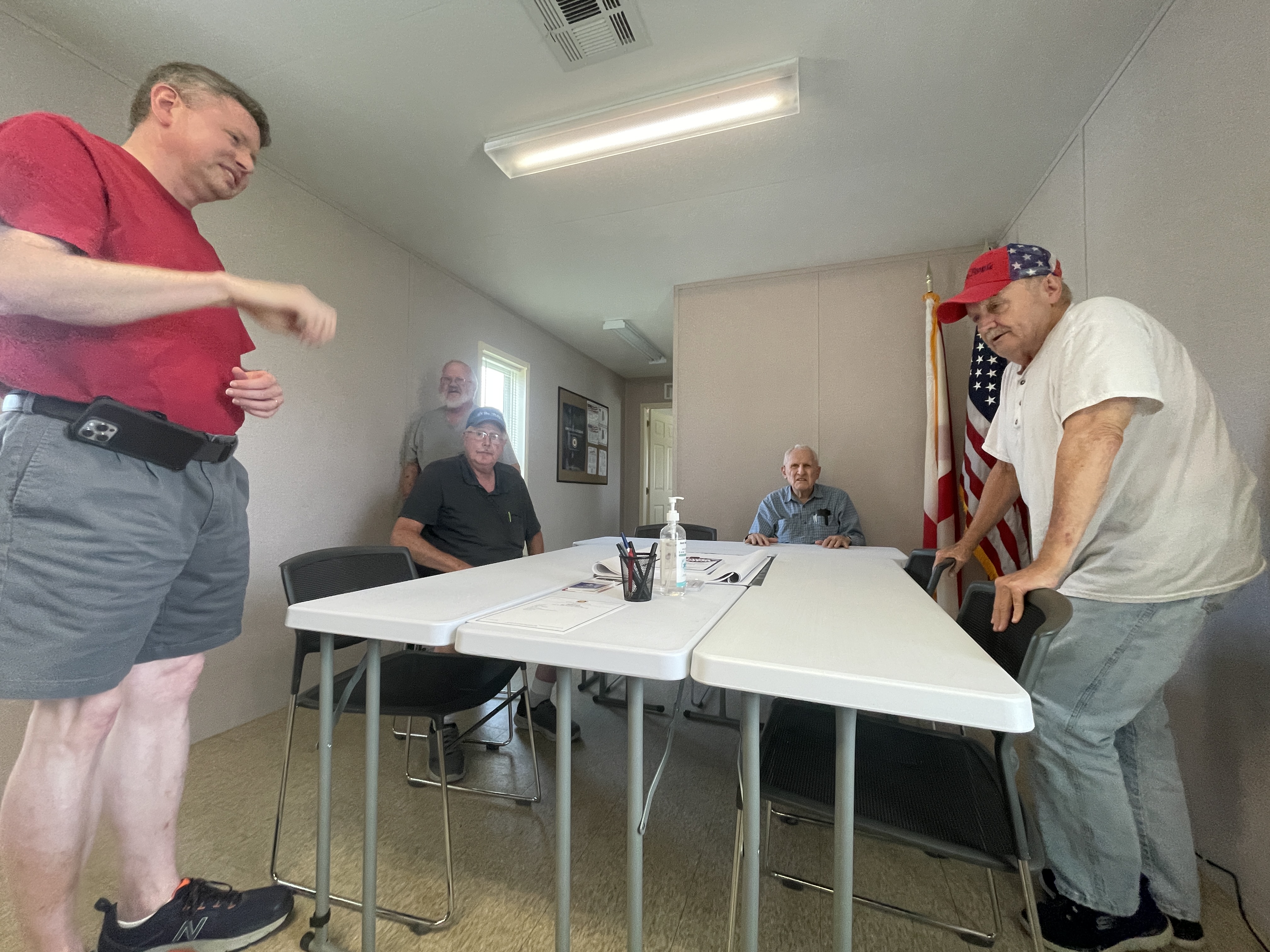FCC widens program to forge Internet connections
Published 4:45 pm Thursday, March 31, 2016
WASHINGTON — In the tiny Kentucky community of Eminence, about 35 miles east of Louisville, you can get a sense of the Internet age’s haves and have-nots by counting cars parked outside schools on the weekends.
Buddy Berry, superintendent of the Eminence Independent School District, said he sees students sitting in cars, tapping into school buildings’ Wi-Fi connections to do homework that, more often these days, requires Internet access. The students are mapping, building websites and learning animation, among other things.
Berry feels so strongly that his students should get online, he wants to flip the wireless-on-wheels dynamic this August. The Eminence schools – in a county where two-thirds of students qualify for free or reduced-price lunch – will start sending WiFi-enabled school buses to park outside the city’s three public housing projects.
Berry is also among educators praising a decision by the Federal Communications Commission on Thursday to help low-income families connect to the Internet at home.
The commission – in a 3-2, party-line vote – allowed families to apply $9.25 monthly subsidies from its Lifeline program to Internet service. Subsidies previously could only be used for phone service.
The move “helps narrow the cruelest part of the digital gap — the homework gap,” said Democratic commissioner Jessica Rosenworcel, who voted for the change.
About 4 in 5 families have Internet connections, and their children can do their schoolwork at home. But nearly a fifth of U.S. families – mostly those with lower incomes – live on the other side of the digital divide.
When she was a child, Rosenworcel said, “All I needed was a pencil and paper, and my brother leaving me alone.”
“Those days are gone,” she said.
Changing the Lifeline program, however, has been criticized by Republicans who warn that more people will participate, causing ballooning costs and higher fees on everyone’s phone bills to pay for the program.
The FCC had no estimate for how many more people will sign up for Lifeline, or how much expanding it could increase the $1.5 billion spent on the program last year.
Thursday’s measure calls for the commission to be notified and take action when annual spending reaches about $2 billion.
Republican commissioners – Mike O’Reilly and Ajit Pai – argued for a firm annual spending cap on the program, slightly higher than current spending. Their idea is supported by Sen. Claire McCaskill, D-Missouri, a member of the Senate Commerce Committee.
O’Reilly and Pai angrily charged they had a deal to create a cap but Democratic FCC Commissioner Mignon Clyburn backed out at the last minute.
Lifeline was created in 1985 to help people afford telephone landlines. It adapted to the times in 2005, when the FCC expanded the program to allow subsidies to be used for pre-paid wireless plans.
The commission said this week’s change reflects modern times, when Internet connections not only help students learn but also help adults find jobs.
For rural veterans, that can help them connect with online medical services related to physical rehabilitation or mental health counseling offered through the Veterans Health Administration.
Forty-three percent of rural veterans do not have broadband connections at home, according to a letter sent to the FCC by the Iraq and Afghanistan Veterans of America and the National Coalition for Homeless Veterans.
Dr. Lynda Chin said helping connect more people to the Internet will assist a University of Texas project using technology to treat diabetes patients.
The project gathers data from web-connected glucose monitors, which alert doctors when patients may be in trouble. Web connections also enable video conferences between patients and doctors, which Chin said can be more effective than phone calls or emails to encourage people to stay on their health care regimen.
Studies show the country’s digital divide follows income lines.
A Pew Research Center study last year found 96.7 percent of those making more than $150,000 a year have Internet access at home.
Only 60 percent of those with incomes below $25,000 are connected.
Connectivity comes at a price. The median cost of a limited broadband Internet connection in the United States was about $35 per month in 2014, according to a report by the Open Technology Institute. Some bare-bones, dial-up plans cost as little as $10 per month.
At the same time, the Internet plays a greater role in education.
Middle school and high school teachers commonly ask students to do research online. Nearly 4 in 5 have students access assignments online, according to a 2013 Pew study, while three-quarters ask for assignments to be submitted online.
In Owlsey County, in the Eastern Kentucky coalfields, Superintendent Tim Bobrowski said teachers are embracing technology to give more one-on-one attention to students.
Connected kids doing homework send questions to teachers via email and Facebook. Students who need a refresher can watch a YouTube video of their teacher explaining a math problem.
His school district has also put Wi-Fi on school buses so students can be connected during sometimes hour-long commutes through rural Kentucky.
“If you have connectivity, they’re being actively engaged, instead of passively engaged and getting into trouble on the bus,” he said.
nnn
Kery Murakami is the Washington, D.C. reporter for CNHI’s newspapers and websites. Reach him at kmurakami@cnhi.com





